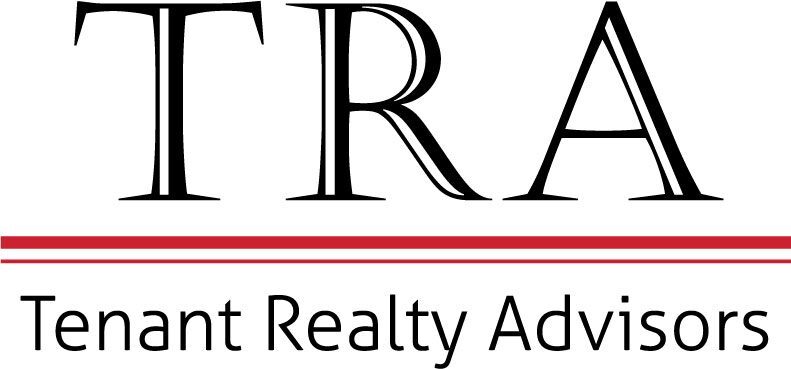For a small business, negotiating a new lease for office or industrial space is a complex process. The tenant improvement component of a lease, if not handled correctly, can be a thorn in the side of all employees for the entire term of a lease. Having to pay for cost over-runs or upkeep of poorly installed finishes can have a negative impact on the lessee’s bottom line. Not having a fully functioning space or working in an undesirable atmosphere can be poor for business and a hindrance to hiring and retaining talent. Therefore, careful attention should be paid to negotiating the process of a tenant improvement.
Market conditions often dictate the amount of improvements a tenant can secure. But usually, a tenant has two choices for how the TI process will work:
- A turn-key job is just what it sounds like; the landlord promises to deliver a space move in ready with no construction costs to the tenant.
- Conversely, a “tenant improvement allowance” is a dollar amount given to the tenant to construct its space, usually expressed in dollars per SF.
In either case, the tenant will be wise to consider the following two questions: Will the landlord’s contribution be enough to cover the improvements and will the tenant have enough control to ensure it gets the design and finishes it desires?
A turn-key job is often utilized for small jobs such as carpet, paint and minor construction. For small jobs like this, this method is usually win-win as the work is straightforward and a simple work letter, attached to the lease, can be enough detail. This method can also protect a tenant from cost overruns on larger jobs where there are many unknowns related to the property’s infrastructure, code issues and such. However, on many turn-key jobs, a tenant can end up with a finish that is less than they expected. While it may add to the time and effort expended up front, a detailed work letter should be pre-negotiated and agreed upon in the lease. “Turn-key” can mean two entirely different things to the parties and the party in control, in this case the landlord, is incentivized to cut corners. So, while this method sounds appealing in the sense that the landlord will pay for everything, be careful to make sure that both parties agree on the definition of ‘everything’!
The tenant improvement allowance is another option. I often see this scenario utilized effectively with very large companies or national corporate tenants who have staff and/or vendors that provide architectural work, design and construction management. These groups usually have their own consistent design and layout standards and they typically want control of the process. While the job may be bid locally, the corporate people have a good understanding of the job costs and therefore can get comfortable that a negotiated allowance should be sufficient to cover the TI costs. For those tenants not fortunate enough to have the staff to handle this process, a good amount of pre-due diligence is essential to fully understanding all the costs that will be incurred by the job. These include not only hard construction costs but also soft costs such as architectural, permits and code issues. Understand these costs before negotiating a deal, and you won’t end up having to cover any cost overruns or surprises on the job. Once you have a good grasp on the costs and details of the job, you can negotiate an adequate allowance and then decide to handle the construction yourself or have the landlord manage that process.
You may have noticed a common theme in both methods outlined above: a full understanding of the costs and details involved in the work. Be sure to start the process of negotiating for space early enough to allow the due diligence necessary to ensure a successful outcome. At the end of the day, careful planning and a thorough understanding of the costs of a remodel can prevent many costly issues for a tenant.
